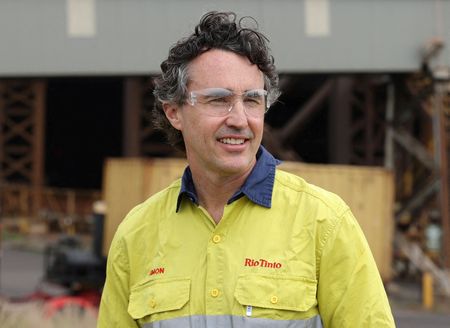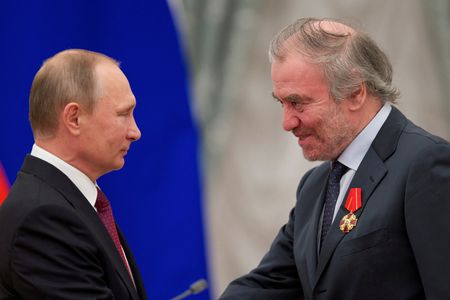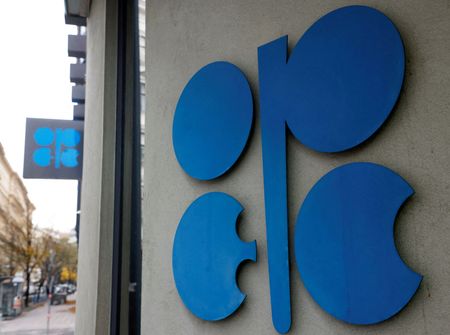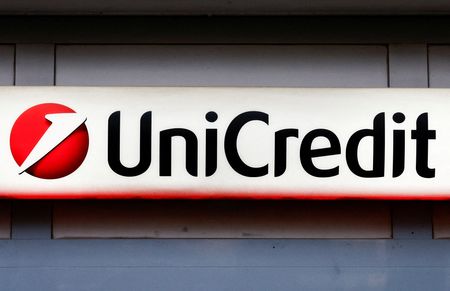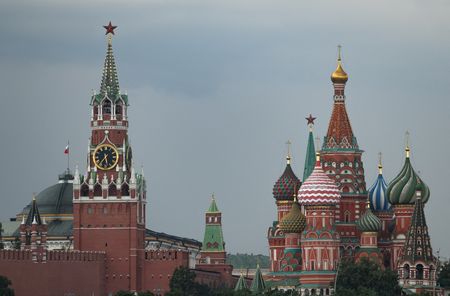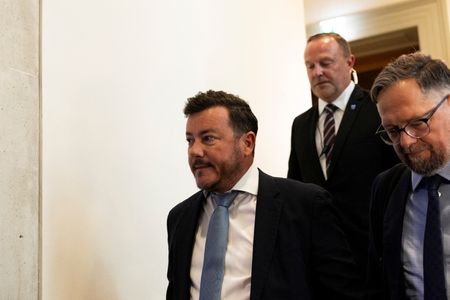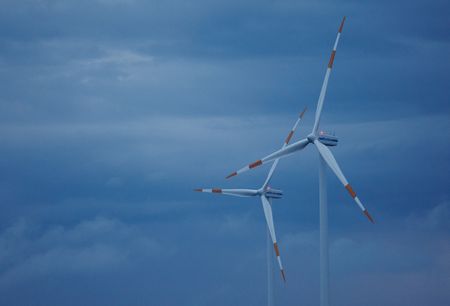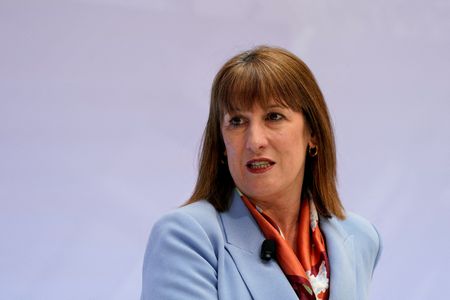By Clara Denina and Melanie Burton
LONDON/MELBOURNE (Reuters) -Rio Tinto named Simon Trott, who heads the company’s most profitable iron ore unit, as its new chief executive on Tuesday, placing trust in the 20-year veteran to rein in operational costs and drive long term growth.
Trott, 50, succeeds Jakob Stausholm, who unexpectedly announced in May he would step down after four and a half years.
The Australian national has led the iron ore division – the company’s main profit engine – since 2021 and will officially take over as CEO on August 25, relocating to London for the role.
Sources familiar with the matter said the internal appointment indicated that Rio Tinto’s board felt the company’s challenges could be addressed without the need for an external leader to drive a reset.
Rio Tinto has faced pressure over its corporate culture following the 2020 destruction of Australia’s ancient Juukan Gorge rock shelters, and a 2022 report revealing widespread bullying, racism, and sexual harassment, prompting leadership changes and ongoing reform efforts.
The global miner still faces class action lawsuits alleging sexual harassment at Australian mine sites.
Corporate culture was a critical area the board considered in choosing its new CEO, a source familiar with the matter said.
The board had vetted other internal candidates while looking for external ones, too, even from other sectors such as technology, the source said.
‘SAFE APPOINTMENT’
“It’s a relatively safe appointment,” said Kaan Peker at RBC in Sydney.
“He knows the iron ore business very well and that’s the main driver of free cashflow and earnings. Obviously, he has proven himself in the eyes of the chair.”
Hailing from a farming family in the Western Australian wheatbelt town of Wickepin southeast of Perth, Trott, who is married with children, enjoys cycling around the city’s streets on weekends.
He has spent time at Rio’s global operations, including three years as chief commercial officer in Singapore, and has managed its salt, uranium, borates and diamonds units across Australia, Namibia, United States, Canada, and Serbia.
Rio Tinto’s new CEO should be open to transformative merger and acquisition deals, sharpening productivity and cutting costs, sources have previously said.
The company was approached by rival miner Glencore about a potential asset combination last year but talks were short-lived.
“Now that Rio Tinto has a CEO designate in place, M&A could happen, although we would expect at least a six month wait,” RBC analysts said, adding that a potential Glencore and Rio Tinto merger “feels more of a stretch than ever.”
BIGGEST IRON ORE MINE
In Western Australia, Trott brought to market Rio Tinto’s biggest iron ore mine in more than a decade.
“Simon and the Board are aligned that Rio Tinto’s next phase is about unlocking significant value for shareholders from our portfolio, driven by operational performance, and cost and financial discipline,” chair Dominic Barton said in a statement.
Trott has faced some pushback from investors because the quality of ore in Rio’s exports has dropped during his tenure and costs have climbed, while the miner has struggled to reach the top end of its production forecast.
However, the unit has met its production guidance every year since Trott took the reins at the division, after missing it in five of the seven preceding years.
Stausholm, who oversaw a big bet on lithium and expansions in iron ore and copper, was named chief executive in 2020 as the miner grappled with legal, public and investor angst over the destruction of Juukan Gorge, which led to the ousting of its former CEO.
(Reporting by Clara Denina and Melanie Burton, Sameer Manekar and Shivangi Lahiri; Editing by Veronica Brown, Jacqueline Wong and Bernadette Baum)

